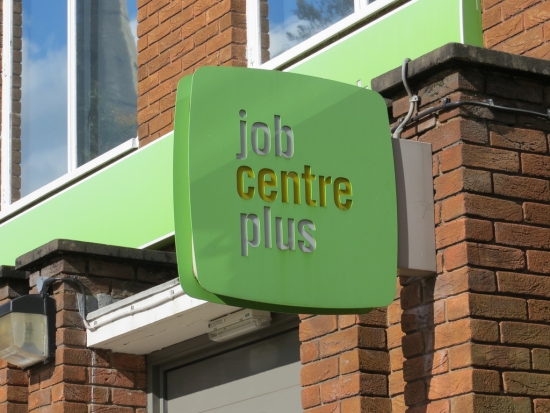While zero hours contracts and underemployment remain controversial issues facing the jobs market, the months following the end of the recession have seen huge improvements occur within unemployment figures. Businesses have once more begun to focus on growth rather than simply attempting to remain a going interest, thus driving demand for skilled workers in sectors such as banking, manufacturing and construction.

During the last quarter the unemployment rate remained stable at 7.7 per cent according to the Office for National Statistics, with levels in the June-August period remaining largely unchanged from the preceding May-July results. However, the drop in those claiming unemployment benefits was the steepest fall in 16 years, indicating that the labour market is consistently becoming much stronger.
During September, the number of people in receipt of jobless benefits contracted by 41,700 to 1.35 million. Furthermore, overall unemployment fell by 18,000 to 2.49 million, having a correspondingly positive effect upon the total number of people in work – this hit a record high of 29.87 million during the quarter.
According to chief economist at the British Chambers of Commerce (BCC), David Kern, the overall message is one of optimism despite several areas of weakness revealed within the results.
He says; “Although concerns remain over youth and long-term unemployment, the figures show that Britain’s labour market is strong and flexible, and that the economy should record satisfactory growth in the third quarter.
“The large fall in inactivity is particularly pleasing, as more people are returning to the workforce and are looking for jobs.”
As Mr Kern admits, youth and long-term unemployment are two of the most worrying areas within the unemployment rate and have been for quite some time now. However, both of these categories showed improvement during the quarter, with drops of 1,000 and 15,000 respectively.
Yet the Institute of Directors (IoD) voiced a slightly less enthusiastic response to the ONS figures, claiming that the year’s statistics so far paint a picture of a recovery which is “job-lite”. The industry body believes not enough is being done to tackle unemployment at grass roots level, comparing the slow employment recovery with the events which took place during the recession.
Chief economist Graeme Leach says; “Today’s labour market figures are not surprising.
“Just as employment losses during the recession were lower than expected, so too are employment gains within recovery.
“This isn’t a jobless recovery but it is a job-lite one.”
With the Christmas trading period entering its first phase, many retail firms will be looking to take on staff to cope with the excess consumer demand presented at this time of year. However, while this may be a good short term solution, the fact remains that long term recovery of the labour market still remains a challenge which could possibly take longer than business leaders hoped.
Do you think businesses could be doing more to help improve unemployment figures, perhaps by entering into government assisted apprenticeship schemes or taking on more staff at peak periods?
Previous Post
Retailers see Winter Sales Hit by Indian Summer